
It turns out that the giant heads of Easter Island were not simply stationary, as was long thought. They had moved for miles across the rugged terrain – a mystery that has baffled scientists for centuries.
And the final solution was very surprising: the statues themselves "walked".
Combining physics, 3D modeling and recreating prehistoric techniques, a research team from Binghamton University and the University of Arizona (USA) proved that the famous Moai statues of Easter Island did not require magic, extraordinary human strength or “alien intervention”, but only a few ropes and a little rhythm.

New findings suggest that the Moai statues on Easter Island were not dragged away but "walked" across the island to their new home (photo: Binghamton University).
“Once you get it moving, moving over long distances is no longer a problem. People just need to pull it gently with one hand,” said Carl Lipo, professor of anthropology at Binghamton University (USA), co-author of the study.
According to him, this method saves a lot of energy, and once the statue is “in rhythm”, it moves very quickly. The biggest challenge is how to make the giant stone block start swaying in rhythm.
This discovery coincides with the legend of the Rapa Nui people, whose indigenous inhabitants still say that the statues “walked by themselves” from the quarry where they were carved to their final location, up to 16km away.
Together with Professor Terry Hunt, Professor Lipo surveyed nearly 1,000 Moai statues and found that their distinctive design was no coincidence. The wide, D-shaped base tilted slightly forward allowed the statues to sway forward in a side-to-side motion, like a giant “conga line” weighing up to 4 tons.
“The physics makes perfect sense,” Professor Lipo stressed. “Tests show that this works, and as the statues get larger, the consistency in the movement mechanism becomes more apparent. It’s the only viable way to get them to travel long distances.”
To test it, the team built a 4.35-ton replica of the Moai, with its characteristic forward tilt. With just 18 people and a few ropes, they “walked” the statue 100 meters in 40 minutes, much faster and easier than the traditional method of pulling it lying down.
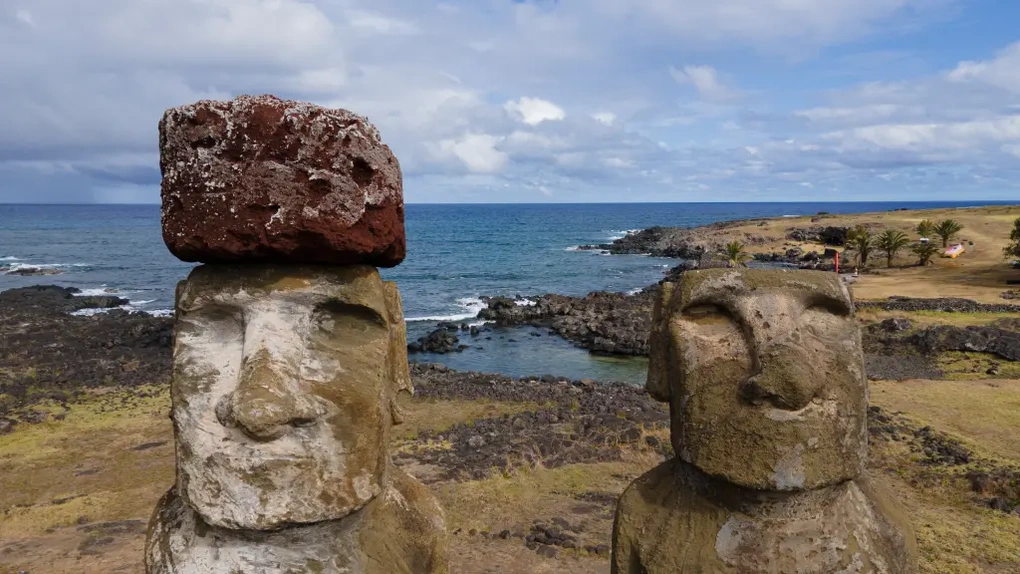
The evidence doesn’t stop there. Easter Island’s mysterious network of “Moai roads,” long thought to be ceremonial, now appears to have been functional. Researchers believe the road network was specifically built to guide the giant statues to their pedestals, or ahu.
“Every time they move a statue, it looks like they are creating a path. The path is part of moving the statue,” said Professor Lipo.
These paths are about 4.5 meters wide and slightly concave, acting as ancient conveyor belts, keeping the statues stable as they sway forward in a zig-zag motion.

Previous theories suggested that the giant stones were placed on a wooden plank track and dragged across the island (photo: AP).
Some of the fallen Moai statues along ancient roads still show signs of attempts by the islanders to stand them up again.
For decades, experts believed the giant blocks were transported by wooden sledges – an unlikely theory, given that Easter Island has virtually no trees for timber.
Professor Carl Lipo's “walking” model is therefore not only physically reasonable but also suitable for the actual conditions of the island.
“It shows how incredibly intelligent the Rapa Nui people are,” he said. “They figured out how to make the most of their resources. It pays tribute to their intelligence and creativity – a valuable lesson we can learn from.”
For those who still cling to the old theories, Professor Lipo asserts: “Look for evidence that this cannot be ‘walking’, because so far, all the data we have supports that explanation.”
It seems one of the greatest mysteries of world archaeology is finally being revealed.
In 2023, scientists continued to discover another Moai statue in a crater that had dried up after a severe drought, revealing a 1.5 meter tall statue looking up at the sky.
Easter Island, located about 3,200km off the coast of Chile, is still famous worldwide for its more than 900 Moai statues carved by the Rapa Nui people around 1,100 AD - a lasting testament to the extraordinary intelligence and creativity of prehistoric humans.
Source: https://dantri.com.vn/khoa-hoc/bi-mat-lon-nhat-cua-dao-phuc-sinh-co-the-da-duoc-giai-ma-20251010032246397.htm






![[Photo] National Assembly Chairman Tran Thanh Man receives First Vice Chairman of the Federation Council of the Federal Assembly of the Russian Federation](/_next/image?url=https%3A%2F%2Fvphoto.vietnam.vn%2Fthumb%2F1200x675%2Fvietnam%2Fresource%2FIMAGE%2F2025%2F12%2F02%2F1764648408509_ndo_br_bnd-8452-jpg.webp&w=3840&q=75)

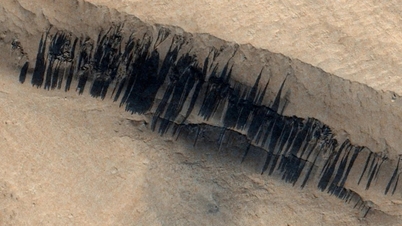

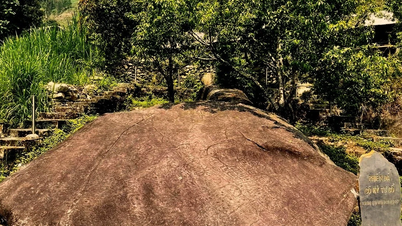



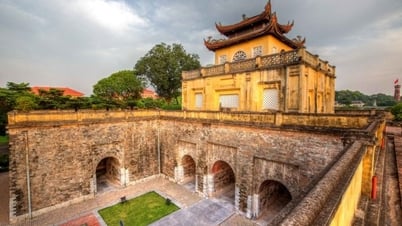




![[Video] Three female intellectuals honored for their contributions to sustainable development](https://vphoto.vietnam.vn/thumb/402x226/vietnam/resource/IMAGE/2025/12/02/1764660718053_dung00-09-55-12still003-jpg.webp)



















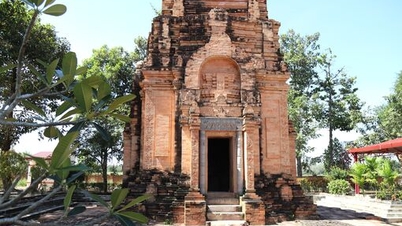

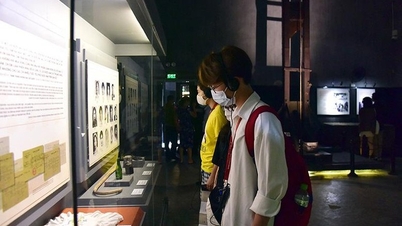

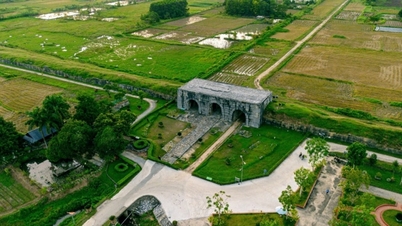

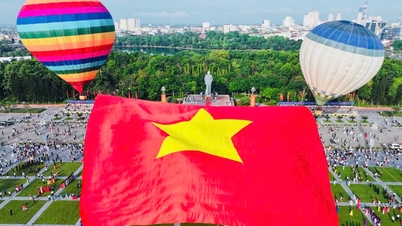












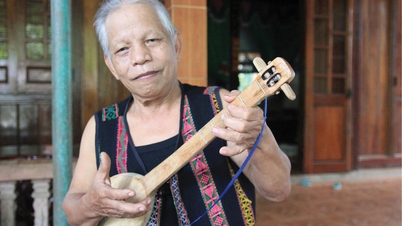





















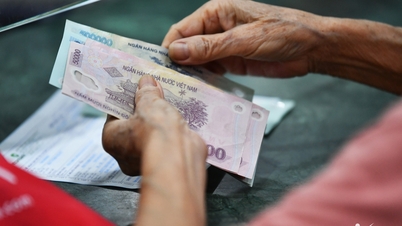





























Comment (0)